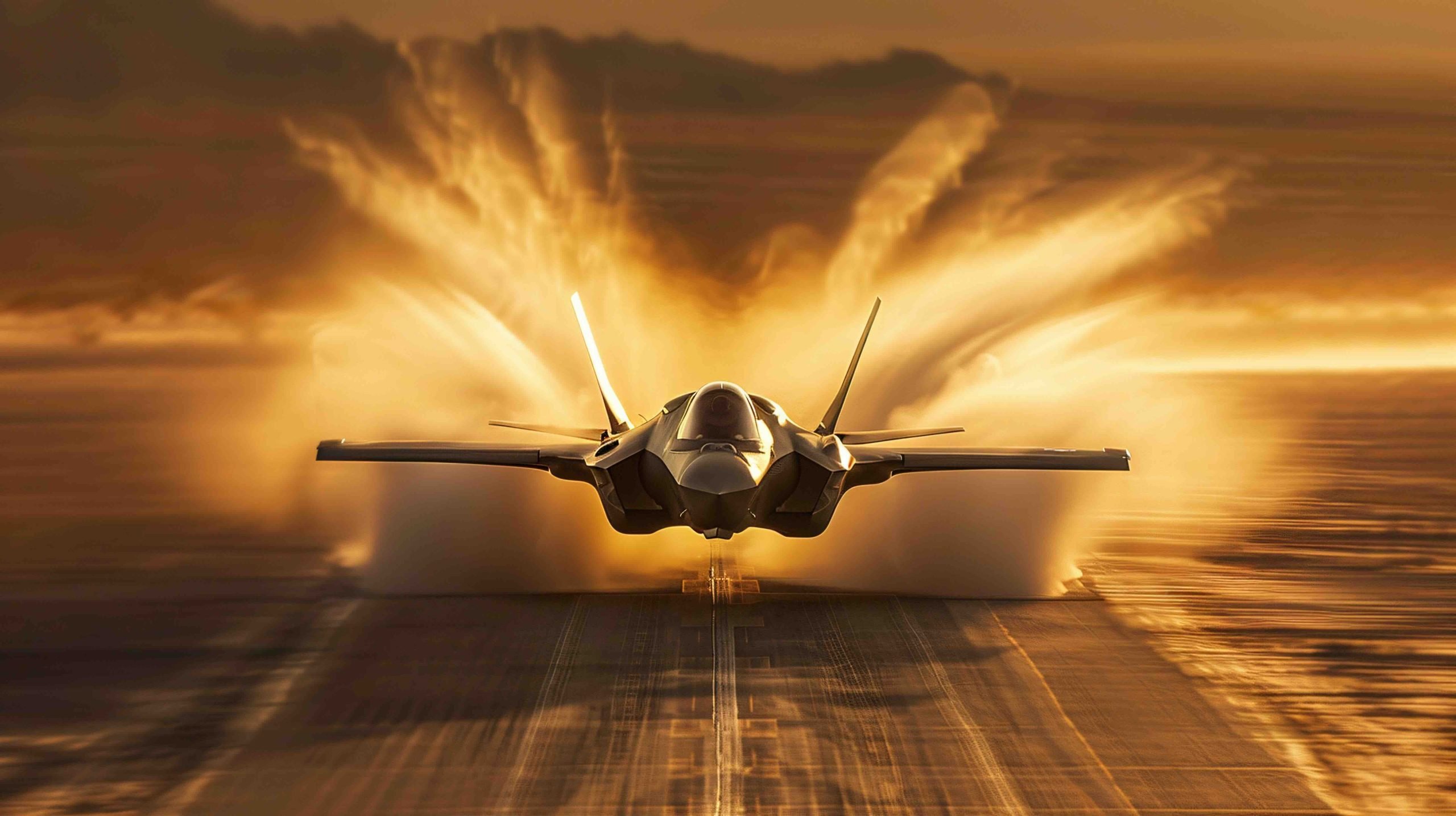The Pima Air & Space Museum in Tucson, Arizona, has recently added a historically significant aircraft to its exhibits. The EP-3E Aries II, a key intelligence-gathering tool for the US Navy, became widely known following a dramatic collision with a Chinese fighter jet during the 2001 Hainan Island incident.
On October 22, the EP-3E, carrying the serial number 156511, arrived at the museum. It was transferred from the nearby 309th Aerospace Maintenance and Regeneration Group (AMARG), commonly known as the ‘Boneyard.’ Before taking its place in the museum’s display, the aircraft will undergo careful restoration.
The EP-3E Aries II, a modified version of the P-3 Orion, has been a cornerstone of the US Navy’s intelligence operations. This aircraft excelled in intercepting communications and monitoring complex air defense systems.
Despite plans to retire the EP-3E fleet, the Navy has yet to phase out the last of these vital planes fully. The Fleet Air Reconnaissance Squadron One, or “World Watchers,” primarily operated these aircraft. Their counterpart, VQ-2 “Sandeman,” was disbanded in 2012, leaving an impactful legacy in naval aviation history.
Once restored, the EP-3E is set to become a prominent exhibit, symbolizing its critical intelligence role and its significant place in US-China relations.
The Hainan Island incident in 2001 marked the aircraft’s notoriety, as it was involved in a serious mid-air collision with a Chinese fighter jet, leading to an international diplomatic standoff.
The Secrets Unveiled: How Spy Planes Shape Geopolitical Landscapes
The recent addition of the EP-3E Aries II at the Pima Air & Space Museum not only underscores the historical significance of such aircraft but also opens the floor to a broader conversation about the technology and its impact on both national security and international relations.
Beyond the Hainan Incident: The History and Controversy of Spy Planes
The EP-3E Aries II is a fascinating case study in the ongoing evolution of military technology. While the Hainan Island incident brought the spy plane into the public’s eye, it’s only one chapter in a much larger story. These aircraft are pivotal in gathering intelligence, often flying in areas where tensions run high. The information collected can alert nations to possible threats and even prevent conflicts. However, the use of such technology is not without controversy. The violation of airspace is a common accusation, leading to diplomatic rifts and sometimes international incidents.
How Intelligence Gathering Affects Our Lives
The intelligence gathered by aircraft like the EP-3E can significantly shape global policy. For example, anticipating military maneuvers can prevent armed conflicts, thereby saving lives. Conversely, the interception of sensitive information can lead to a breakdown in trust between countries, increasing global tension. On a domestic level, citizens often debate the balance between security and privacy, questioning how much surveillance is justifiable.
Amazing Facts About the EP-3E and Its Functions
– The EP-3E Aries II is equipped with an array of antennas and sensors designed to intercept enemy communications and gather critical data amidst sophisticated air defense networks.
– The aircraft has the ability to triangulate the position of radio transmitters, providing valuable intelligence to military commanders.
– Interestingly, the design of the EP-3E allows for long-duration flights, often remaining airborne for 12 hours or more to monitor ongoing situations.
Advantages and Disadvantages of Using Spy Planes
Advantages:
1. Strategic Insight: Provides crucial intelligence that can prevent global conflicts.
2. Technological Edge: Continual upgrades ensure that the data collected is cutting-edge and highly accurate.
3. Security Boost: Enhances national security by keeping tabs on potential threats.
Disadvantages:
1. Privacy Concerns: Raises questions about surveillance and privacy both internationally and domestically.
2. Diplomatic Strains: Incidents involving spy planes can lead to diplomatic tensions and standoffs.
3. Economic Costs: Maintaining and upgrading such aircraft fleets requires significant financial investment.
Questions and Answers About Spy Planes
Q: Why are spy planes still relevant in the age of satellites and drones?
A: Despite advances in satellite and drone technology, spy planes offer unique advantages such as flexibility in flight patterns, longer operational duration, and the ability to be rerouted quickly to emerging hotspots, providing timely on-the-spot intelligence.
Q: What measures are taken to prevent incidents like the 2001 collision with China?
A: Protocols have been enhanced to manage airspace engagements, involving direct communication channels between nations’ air traffic controllers and clear flight paths that avoid contentious areas, aiming to reduce the risk of misunderstandings.
For those fascinated by military technology and aviation history, keeping an eye on developments at museums such as the Pima Air & Space Museum can provide invaluable insights into how past technologies inform our present and future. As the EP-3E restoration progresses, enthusiasts and historians alike look forward to exploring these critical artifacts that continue to shape geopolitical narratives.
The article has been updated: 2024-11-03 02:22
Here are some suggested related links for your post titled “Unveiling the Hidden History of the Famous Spy Plane”:
1. History.com – A comprehensive resource for historical events and figures, including military history and aviation advancements.
2. Air Force Magazine – The official publication of the Air Force Association, featuring articles on aircraft, military operations, and aerospace technology.
3. National Geographic – Provides insights into various topics, including technology, history, and exploration, with a focus on revealing hidden stories.
4. Popular Mechanics – A magazine that covers the intersection of science, technology, and history, often featuring articles on aircraft and military technology.
5. The Atlantic – A publication that delves into culture, politics, and technology, often featuring in-depth analysis of historical events and their implications.
6. BBC – A global news organization that provides extensive coverage of historical documentaries and articles on aviation and espionage.
7. Smithsonian Magazine – Explores history, science, arts, and culture, offering detailed articles on significant historical artifacts and events, including aviation history.
8. Military.com – Offers news and resources related to military technology and history, including aircraft and strategic operations.
9. Wired – Focuses on how emerging technologies affect culture, the economy, and politics, including articles on technological innovations in aircraft.
10. Scientific American – Provides articles on science and technology, including the development and history of various aircraft and reconnaissance technologies.
The article has been updated: 2024-11-08 22:16
What are some of the significant historical events associated with the famous spy plane and its impact on Cold War espionage?
The famous spy plane, the U-2, played a critical role during the Cold War, especially in the 1950s and 60s. One significant event associated with the U-2 was the 1960 U-2 incident, where American pilot Francis Gary Powers was shot down over Soviet airspace, leading to a severe diplomatic crisis between the United States and the Soviet Union. This incident not only exposed the U.S. surveillance efforts but also heightened tensions during the Cold War. Additionally, the U-2’s reconnaissance missions provided vital intelligence on Soviet nuclear capabilities, shifting strategies in U.S. foreign policy. The technology and tactics developed during these operations laid the groundwork for modern aerial reconnaissance and intelligence-gathering techniques, marking the U-2 as a pivotal element in historical espionage.

















